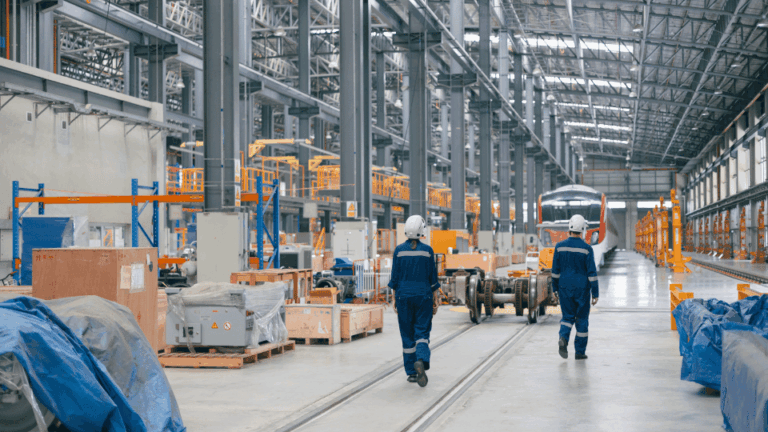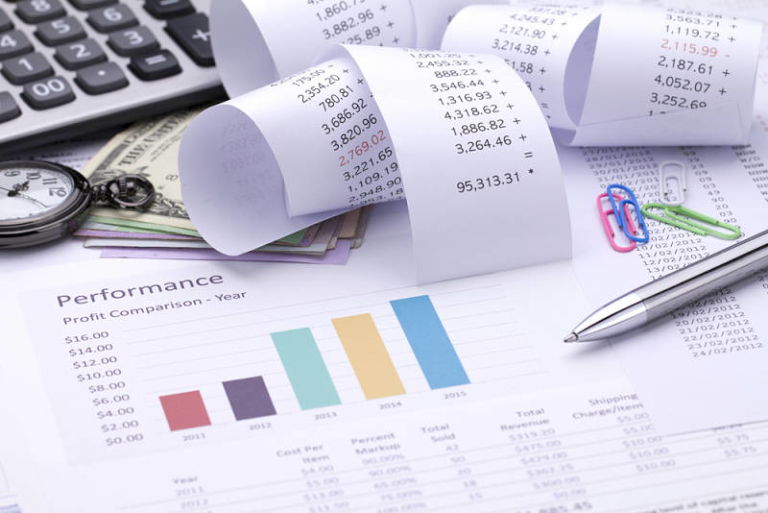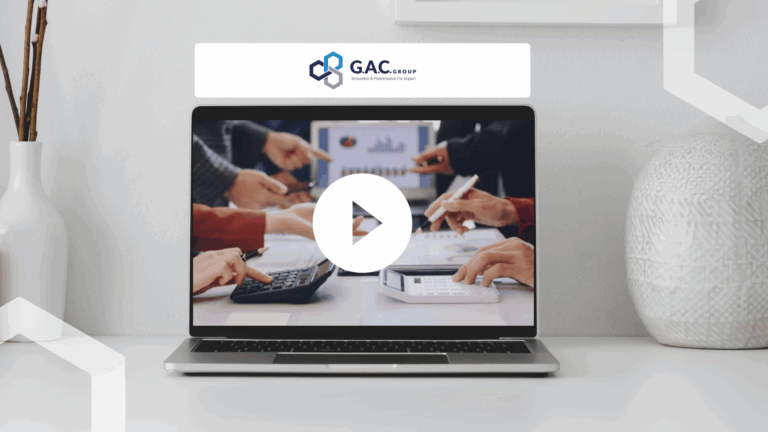More than
to check your tax base!
Are you aware of all the exemptions and allowances to which your company has been entitled since January 1? This is a legitimate question at the dawn of local tax payments.
Receipt of property tax and CFE notices in the last quarter of the year is often an opportunity for taxpayers to take stock of their tax bases in order to ensure that the amounts paid are appropriate. In this article, we share with you the 3 reasons why it's important to get advice before December 31 of this year.
Prescription of the time limit for complaints
The claim period forlocal direct taxes is located on the December 31 of the year following the year of assessment of the roll. In other words, taxpayers have until December 31 of this year to contest the amount of their Taxe Foncière and CFE for year N-1.
Securing your property tax position
A review of the tax base allows you toisolate and cost risk areas and enabletake the necessary steps to regularize its situation.
Benefit from the latest legal and jurisprudential developments
In the current economic climate, it is important to be able to take advantage of tax relief opportunities to improve cash flow.
At the beginning of the year, the French tax authorities confirmed that owner-operators of commercial or industrial premises that were administratively closed during the period of the health crisis could claim a partial rebate on property tax on built-up properties. Taxpayers are therefore advised to check their eligibility for the scheme and, if necessary, lodge a claim.
For industrial plants:
"Pursuant to article 1495 of the CGI and article 324 B of its appendix III, to assess the consistency of properties which, by virtue of articles 1380 and 1381, fall within the scope of the property tax on built-up properties, account is taken not only of all the base items mentioned in the latter two articles, but also of the assets forming part of them.
However, in application of 11° of article 1382 of the same Code, those assets which form part of the tools, other installations and material resources of an industrial establishment are exempt from this tax, i.e. those assets which belong to an establishment qualified as industrial within the meaning of article 1499, which are specifically adapted to the activities likely to be carried out in such an establishment and which are not among the items mentioned in 1o and 2o of article 1381."
Source: General Tax Code - Légifrance
Exemption from property tax (and consequently from business property tax) for tools and equipment used in industrial establishments is no longer subject to their physical separation from buildings, since the Conseil d'Etat abandoned this criterion in a major reversal of case law (CE plén. 11-12-2020 n° 422418, Sté Gkn Driveline). The sole functional criterion remains, albeit modified: tools, other installations and equipment used in the operation of an industrial establishment may qualify for the exemption if they are specifically adapted to the activities likely to be carried out in such an establishment, even if they are not directly involved in the industrial activity.
Source: CE plén. 11 12 2020 n° 422418, Sté Gkn Driveline.
Mr. Jean-Marie Mizzon is asking the Minister of the Economy, Finance and Recovery about business property tax and, more specifically, the consequences for local authorities of the Conseil d'Etat ruling of December 11, 2020 insofar as it redefines the nature of assets subject to business property tax (CE plén. 11 12 2020 n° 422418, Sté Gkn Driveline).
In fact, while the authorities consider that specialized equipment, which is exempt from property tax, is characterized by its direct involvement in the industrial activity of an establishment, the Conseil d'Etat now considers that these assets are those specifically adapted to the company's activity.
As this decision is likely to substantially reduce the tax bases of the companies concerned, he asks what the consequences will be for the communes and their public inter-communal cooperation bodies (EPCI).
Source: Published in the JO Sénat of 08/04/2021 - page 2309
In other words, the definition of the basis of assessment for the taxe foncière sur les propriétés bâties (TFPB) remains unchanged. In addition to the land, buildings and constructions referred to in articles 1380 and 1381 of the CGI, this base also includes assets "integral to them" (building fixtures and fittings).
On the other hand, the scope of the exemption for tooling, other installations and equipment used by industrial establishments (article 1382, 11o of the CGI) has been extended. Thus, provided they are not among the installations or works mentioned in 1° and 2° of article 1381 of the CGI, tools or specialized equipment located in an industrial establishment within the meaning of article 1499 of the CGI are exempt from TFPB.
For commercial establishments:
The implementation of the revision of property rental values for professional and commercial premises has been effective since 2017.
In this respect, to avoid transfers of charges and excessive variations in bases between the old system (1970 rental value) and the new system, the legislator has introduced various measures to "cushion" the consequences of the reform over time (neutralization coefficients, "planchonnement" mechanism, smoothing mechanism).
However, it should be noted that these "planchonnement" and "lissage" mechanisms do not apply to new premises created after January 1, 2017; nor do they apply to buildings that have undergone one of the changes mentioned in I of article 1406 of the French General Tax Code after January 1, 2017: change in consistency (if the surface area of the premises concerned changes by more than 10%), change of use (business premises becoming residential premises) and change of use (change of category).
With regard to the scope of local taxation, it should be noted that the property rental value (VLF) is the common element in the tax base for both FT and CFE. The latter is determined on the basis of taxable items in the name of the owner (liable for FT), and is reflected in the CFE tax base of the user/operator of the premises (rental value of property liable for property tax).
Given the interaction between taxes, any variation in the VLF can have repercussions on all local tax assessments.
In addition, since the valuation of business premises is based on declared and taxed surface areas, variations in surface areas for local taxes can also have consequences for real estate taxation.
Conclusion
As you may have guessed, December 31st of every year is a time for cut-off date for tax relief on taxes paid in N-1. Our tax consultants can help you right now totax optimization and regulatory compliance, in order to reduce the weight of your taxation and thus improve your competitiveness.
Our teams are at your disposal for any further information you may require. Click here to get in touch with our experts.
Pay the right amount of contribution for your assets: we help you achieve your performance objectives through reliable local taxation.








